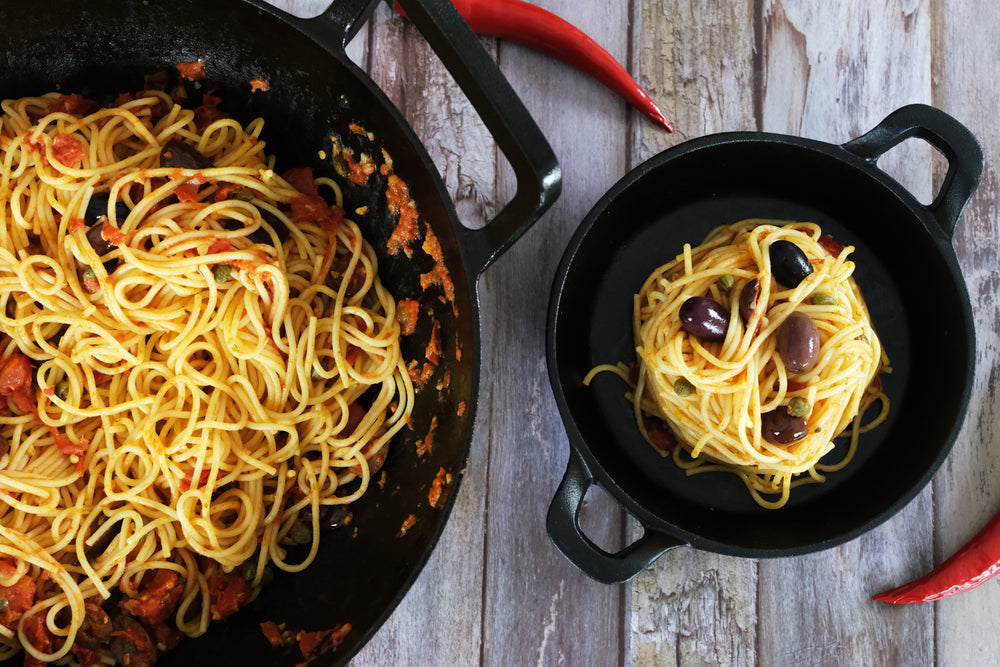🎃 Pumpkins: From Ancient Harvests to Modern Tables

Pumpkins are more than just autumn decorations or Halloween lanterns — they’re a symbol of harvest, nutrition, and culinary versatility that has delighted humans for thousands of years. Let’s explore their rich history, popular varieties, how to grow them, nutritional facts, recipes, and myths debunked.
🌍 History of Pumpkins
Pumpkins are native to the Americas, with cultivation dating back over 7,000 years in what is now Mexico. Early pumpkins were smaller and harder than today’s plump orange varieties, but Indigenous peoples used them extensively for food, storage, and crafting.
European explorers brought pumpkins back to Europe, and by the 17th century, pumpkins had become a staple autumn crop. Iconic dishes like pumpkin pie and pumpkin soup, along with the jack-o’-lantern tradition, soon followed.

🧡 Popular Pumpkin Varieties
Pumpkins come in many shapes, sizes, colors, and flavors. Here’s a breakdown of popular varieties and their best uses:
| Variety | Shape | Color | Flavor Profile | Best Culinary Uses |
|---|---|---|---|---|
| Jack-O’-Lantern | Large, round, ribbed | Bright orange | Mild, fibrous | Carving, decoration |
| Sugar Pumpkin | Small-medium, round | Deep orange | Sweet, smooth | Pies, breads, purees |
| Cinderella (Rouge Vif d'Étampes) | Flattened, ribbed | Deep reddish-orange | Sweet, moist | Roasting, soups |
| Jarrahdale | Flattened, round | Blue-gray skin, orange flesh | Sweet, creamy | Soups, roasting, purées |
| Kabocha | Small-medium, squat | Dark green with light stripes, yellow-orange flesh | Sweet, nutty, dense | Soups, tempura, roasting, mashing |
| Hokkaido (Red Kuri) | Teardrop-shaped, small-medium | Bright reddish-orange skin, deep orange flesh | Sweet, nutty, chestnut-like | Soups, roasting, baking, purées |
| White Pumpkin | Round or slightly flattened | White skin, pale orange flesh | Mildly sweet | Pies, roasting, decoration |

Color Notes:
-
Deep orange: High beta-carotene, sweeter, richer flavor.
-
Green or blue-gray: Denser, less watery, ideal for soups and roasting.
-
Red-orange (Hokkaido, Cinderella): Sweet and nutty, versatile for sweet and savory dishes.
-
White: Milder flavor, sometimes decorative but still edible.
🌱 How and When to Grow Pumpkins
Pumpkins are warm-season crops:
-
Planting Time: Late spring to early summer, after soil reaches 18°C (65°F).
-
Soil: Rich, well-draining, fertile (use compost generously).
-
Sunlight: Full sun, 6–8 hours daily.
-
Watering: Deep and consistent; especially important during fruiting.
-
Pollination: Bees are essential. Avoid pesticides that may harm them.
Pumpkins mature in 90–120 days. They’re ready when the skin hardens and the stem begins to dry.
🥗 Nutritional Facts
Pumpkins are nutrient-rich and low in calories:
-
About 30 calories per 100 grams.
-
High in vitamin A (beta-carotene), vitamin C, and vitamin E.
-
Fiber and potassium support heart health.
-
Antioxidants help strengthen the immune system.
-
Pumpkin seeds are nutrient-dense, rich in healthy fats, zinc, and magnesium.


🍲 Delicious Recipes with Pumpkin
Pumpkin works in sweet and savory dishes:
-
Pumpkin Soup: Creamy and comforting.
-
Roasted Pumpkin Wedges: Simple, seasoned with olive oil and rosemary.
-
Pumpkin Risotto: Rich and autumnal.
-
Pumpkin Pie: Thanksgiving classic.
-
Pumpkin Bread or Muffins: Moist and spiced.
-
Pumpkin Curry: Popular in Thai and Indian cuisine.
Tip: Sugar pumpkins, kabocha, and Hokkaido are ideal for cooking due to their smooth texture and sweet flavor.

🎃 Fun Facts About Pumpkins
-
Pumpkin comes from the Greek pepon, meaning “large melon.”
-
World’s heaviest pumpkin: Over 2,700 pounds (1,225 kg)!
-
Every part is edible: skin, flesh, seeds, and flowers.
-
Colonial Americans brewed pumpkin beer.
-
Pumpkin spice flavor comes from spices, not pumpkin itself.
❌ Myth Debunked: Is Butternut Squash a Pumpkin?
Many people wonder: Is butternut squash a pumpkin?
Botanical Perspective:
-
Both pumpkins and butternut squash belong to the Cucurbitaceae family and Cucurbita genus.
-
Butternut squash = Cucurbita moschata, most pumpkins = Cucurbita pepo (some pumpkins are also C. moschata).
-
They are close cousins, so botanically, butternut squash can sometimes be considered a type of pumpkin.
Culinary Perspective:
-
Butternut squash: Pear-shaped, sweet, nutty, creamy; perfect for soups and purées.
-
Pumpkins: Round, fibrous, versatile; sugar pumpkins are sweet for pies, carving pumpkins are mainly decorative.
The Takeaway:
-
Carving: Stick with traditional pumpkins.
-
Cooking: Butternut squash is a delicious pumpkin cousin.
-
Scientific vs. everyday use: Botanically it counts as a type of pumpkin, but in kitchens, we usually separate them.

The Pumpkin’s Place in the World
From ancient Aztec fields to modern farmers’ markets, pumpkins symbolize harvest, warmth, and creativity. Whether carving, roasting, or planting, the humble pumpkin adds magic to every season.


















Einen Kommentar hinterlassen